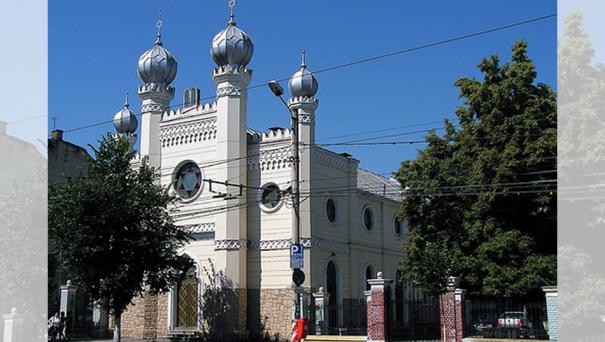About Cluj-Napoca
Cluj-Napoca commonly known as Cluj, is the fourth most populous city in Romania. The Roman Empire conquered Dacia in AD 101 and 106, during the rule of Trajan, and the Roman settlement Napoca, established thereafter, is first recorded on a milestone discovered in 1758 in the vicinity of the city. Cluj-Napoca, located in the central part of Transylvania. Built on the banks of Someșul Mic River, the city is also crossed over by brooks or streams. The city is surrounded by forests and grasslands. There are a large number of castles in the countryside surroundings, constructed by wealthy medieval families living in the city. The most notable of them is the Bonțida Bánffy Castle—once known as "the Versailles of Transylvania". Winter temperatures are often below 0 °C (32 °F), even though they rarely drop below −10 °C (14 °F). In summer, the average temperature is approximately 18 °C, temperatures sometimes reach 35 °C (95 °F) to 40 °C (104 °F) in mid-summer in the city centre.
